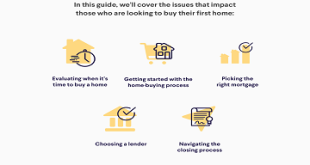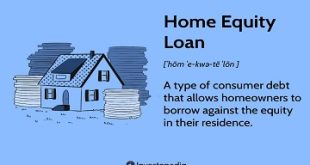Introduction:
Refinancing a mortgage is a strategic financial move that involves replacing an existing mortgage with a new one, typically to secure better terms or lower interest rates. This comprehensive guide explores the ins and outs of refinancing, including its benefits, strategies, and important considerations for homeowners.
Understanding Mortgage Refinancing
Mortgage refinancing involves taking out a new loan to pay off the existing mortgage on your home. It can be done for various reasons, including:
Lowering Interest Rates:
Refinancing allows homeowners to take advantage of lower interest rates, potentially reducing monthly payments and overall interest costs.
Changing Loan Terms:
Homeowners can refinance to change the duration of their loan, switching from a longer-term mortgage to a shorter one or vice versa.
Accessing Home Equity:
Refinancing can provide homeowners with access to their home equity, which can be used for home improvements, debt consolidation, or other financial needs.
Benefits of Refinancing
Refinancing offers several potential benefits for homeowners:
Lower Monthly Payments:
By securing a lower interest rate or extending the loan term, homeowners can reduce their monthly mortgage payments, freeing up cash flow for other expenses.
Saving on Interest Costs:
Refinancing to a lower interest rate can result in significant savings over the life of the loan, especially for homeowners with high-interest mortgages.
Consolidating Debt:
Homeowners can use cash-out refinancing to consolidate high-interest debt, such as credit card balances or personal loans, into a single, lower-interest mortgage payment.
Accessing Home Equity:
Cash-out refinancing allows homeowners to tap into their home equity for major expenses, such as home renovations, education costs, or emergencies.
Strategies for Refinancing
When considering refinancing, homeowners should keep these strategies in mind:
Timing:
Monitor interest rates and economic conditions to identify opportune times for refinancing when rates are low.
Credit Score Improvement:
Work on improving your credit score before applying for refinancing to qualify for the best interest rates and terms.
Shop Around:
Compare offers from multiple lenders to find the most competitive rates and closing costs for your refinancing.
Consider Closing Costs:
Factor in closing costs and fees when calculating the overall savings and benefits of refinancing.
Types of Refinancing
There are several types of refinancing options available to homeowners:
Rate-and-Term Refinance:
This type of refinancing allows homeowners to change the interest rate or term of their mortgage without tapping into their home equity.
Cash-Out Refinance:
Cash-out refinancing enables homeowners to borrow more than the remaining balance of their mortgage and receive the difference in cash, which can be used for various purposes.
FHA Streamline Refinance:
Designed for homeowners with FHA loans, this refinance option offers simplified application and approval processes with minimal documentation.
VA Interest Rate Reduction Refinance Loan (IRRRL):
Available to eligible veterans and service members with VA loans, IRRRL allows for refinancing with reduced documentation and no appraisal in some cases.
Considerations Before Refinancing
Before refinancing, homeowners should consider the following factors:
Current Interest Rates:
Evaluate current market interest rates and compare them to your existing mortgage rate to determine potential savings.
Loan Term:
Decide whether to shorten or extend the loan term based on your financial goals and circumstances.
Closing Costs:
Understand the closing costs associated with refinancing and ensure that the potential savings justify the upfront expenses.
Equity Position:
Consider your home equity position and how much cash-out you may need or want, taking into account loan-to-value (LTV) ratios and lender requirements.
The Refinancing Process
The refinancing process typically involves the following steps:
Preparation:
Gather necessary financial documents, such as pay stubs, tax returns, and bank statements, and review your credit report.
Shopping for Lenders:
Research and compare offers from multiple lenders to find the best rates and terms for your refinancing.
Application:
Complete the refinancing application with your chosen lender and provide any required documentation.
Appraisal and Underwriting:
The lender may require a home appraisal and underwriting process to assess the property’s value and your eligibility for refinancing.
Closing:
Review and sign the loan documents at closing, paying attention to the terms and closing costs associated with the new mortgage.
Conclusion:
Refinancing your mortgage can be a smart financial move that can help you save money, lower your monthly payments, or access your home equity for other needs. By understanding the benefits, strategies, and considerations involved in refinancing, homeowners can make informed decisions to optimize their financial situation and achieve their homeownership goals. Whether you’re looking to lower your interest rate, consolidate debt, or access cash for home improvements, refinancing offers flexibility and opportunities to enhance your financial well-being.




